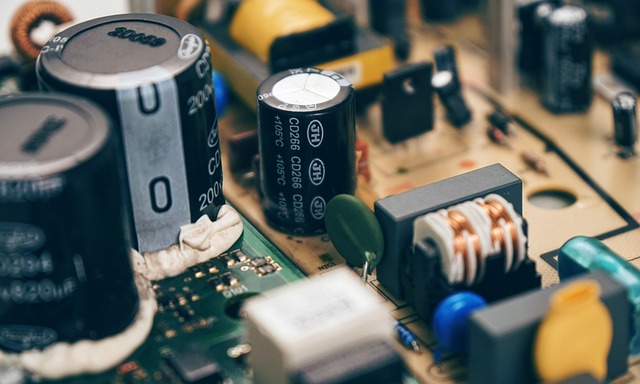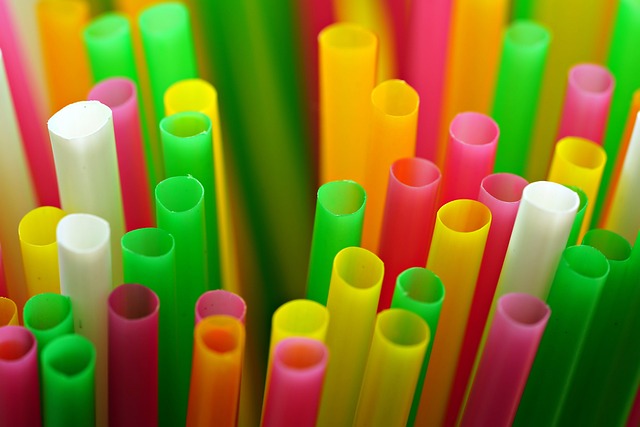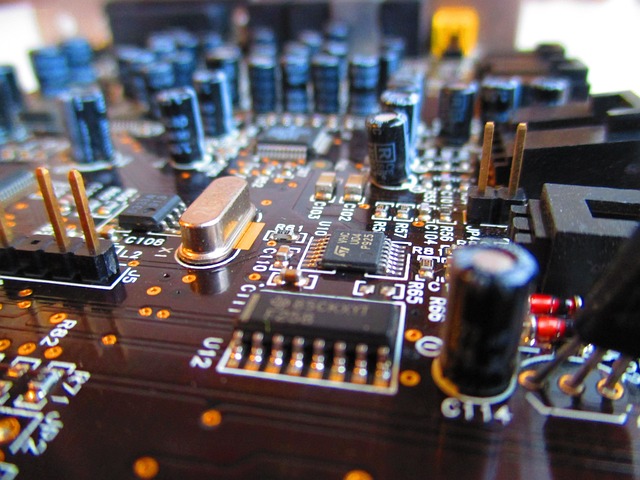A capacitor is a device used to store electrical energy in the form of an electric field. The simplest form of capacitor is the parallel plate capacitor, which consists of two large, flat, and parallel conducting plates separated by a small distance.

When a potential difference is applied across the plates, an electric field develops between them, and charges accumulate on the surfaces of the plates. The ability of a capacitor to store charge per unit potential difference is called its capacitance.
Mathematically,
C = Q / V
Where Q is the charge stored on the plates, and V is the potential difference across the plates.
For a parallel plate capacitor in vacuum or air (which acts almost like vacuum), the capacitance is given by:
C0 = €0A /d
Where:
€0 = permittivity of free space (8.85 x 10-12 C2 N-1 m-2),
A = area of one plate,
d = distance between the plates.
Dielectric Slab
A dielectric is a non-conducting material such as mica, glass, plastic, or paper, which can be placed between the plates of a capacitor. When a dielectric slab is introduced, the capacitance of the capacitor increases significantly.

This happens because the dielectric reduces the effective electric field between the plates, thereby reducing the potential difference for the same charge, which leads to an increase in capacitance.
The property of a dielectric is measured using its dielectric constant (also called relative permittivity), denoted as K or €r It is defined as:
K = € / €r
Where € is the permittivity of the dielectric material, and €r is the permittivity of free space.
Capacitance with Dielectric Slab Filling Entire Space
If a dielectric slab of thickness equal to the separation of the plates d, and permittivity € , completely fills the space between the plates, the capacitance becomes:
C = €A / d
Substituting € = K €0
C = K €0 A / d = KC0
Thus, the capacitance increases by a factor of K. If K > 1, the capacitance is greater than that in vacuum. This shows the great advantage of using dielectrics in capacitors.
Capacitance with a Partially Filled Dielectric
A more practical case occurs when a dielectric slab of thickness less than d is inserted between the plates. Suppose the dielectric slab has thickness t and permittivity € , while the remaining gap (d – t) is filled with air or vacuum.
This system can be thought of as two capacitors in series:
One with dielectric of thickness t,
One with air of thickness (d – t).
The capacitance of a dielectric-filled part is:
C1 = €A / t
The capacitance of the air-filled part is:
C2 = €0A / d – t
Since they are in series, the equivalent capacitance is:
1 / C = 1 / C1 + 1 / C2 Substituting values: 1 / C = K €0
1 / C = t / €0A + d – t / €0A
Simplifying: C = €0A / (d – t) + t / K
This is the expression for the capacitance of a parallel plate capacitor with a dielectric slab of thickness t.
Effect of Dielectric on Capacitance
Increase in Capacitance:
With a dielectric, the capacitance always increases. The higher the dielectric constant K, the greater the increase.
Reduction in Electric Field:
The dielectric reduces the effective electric field inside the capacitor by polarising itself in the opposite direction, which lowers the potential difference across the plates.
Energy Storage:
The energy stored in a capacitor is given by:
U = 1 /2 CV2
Since C increases due to the dielectric, the capacitor can store more energy for the same applied voltage.
Applications:
This principle is used in designing capacitors for electronic circuits, power supplies, tuning circuits, and even in high-voltage applications like transformers.
